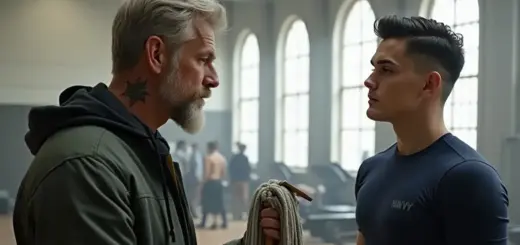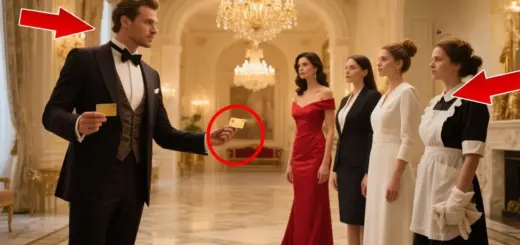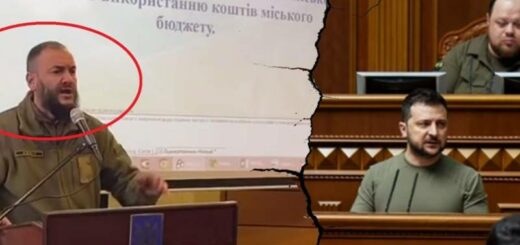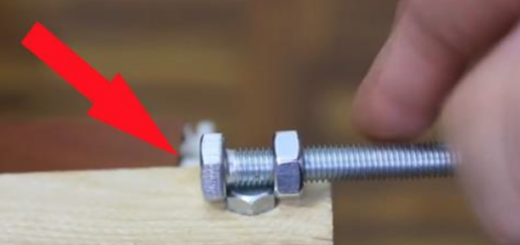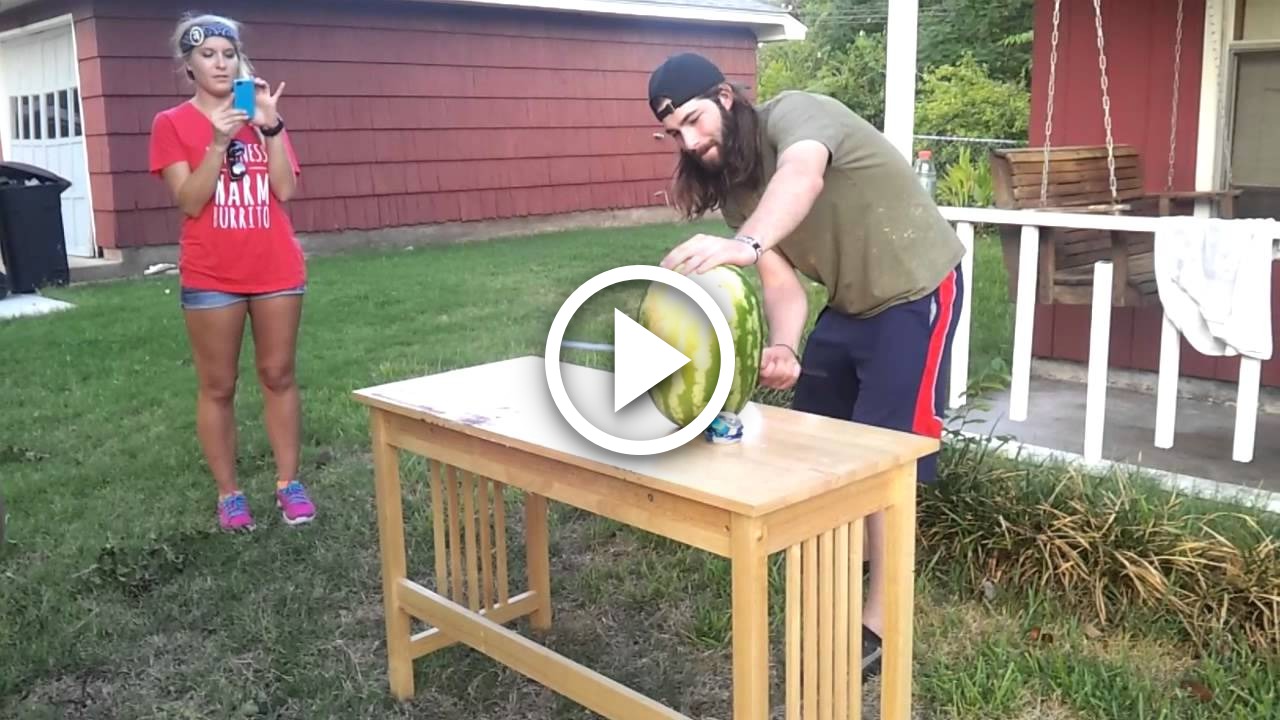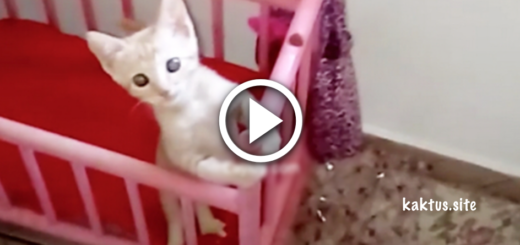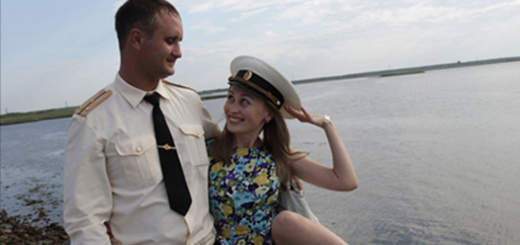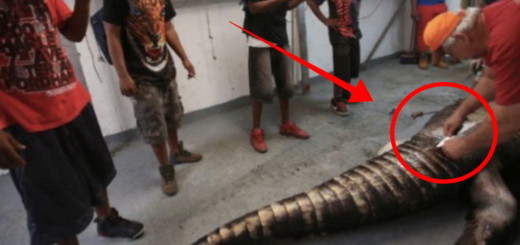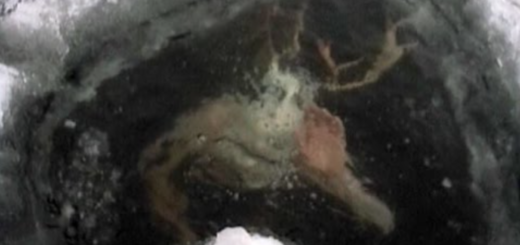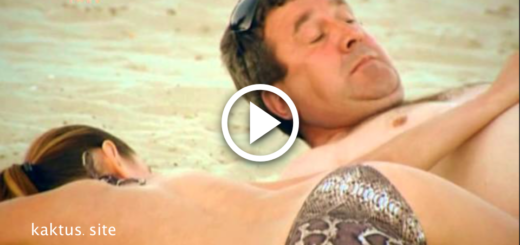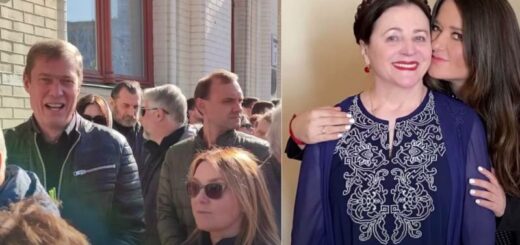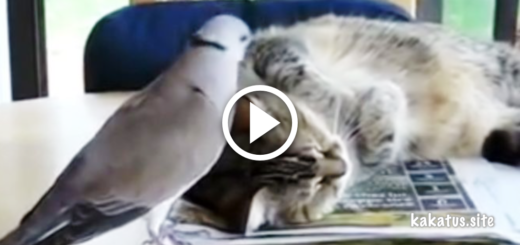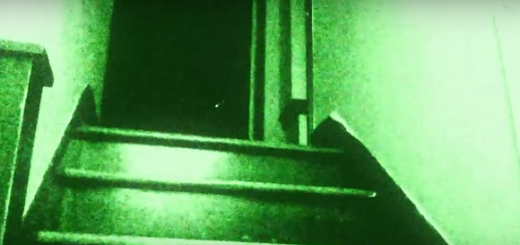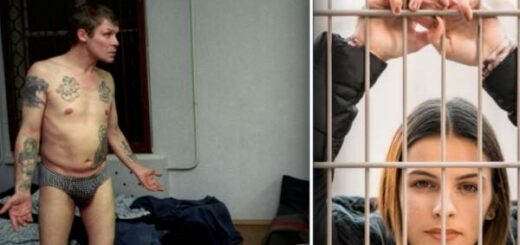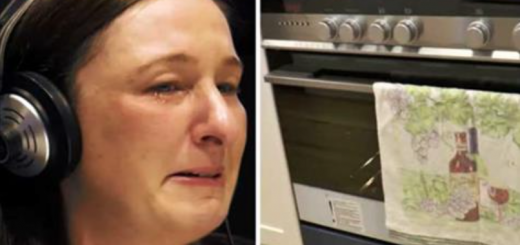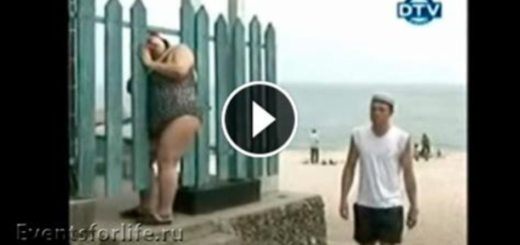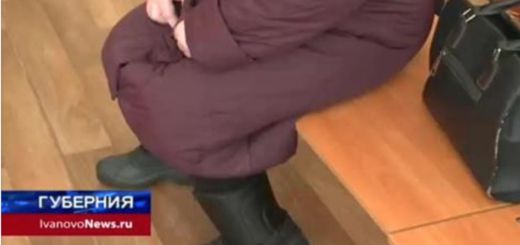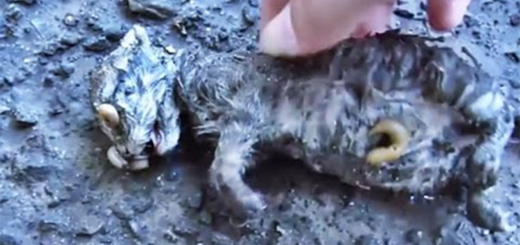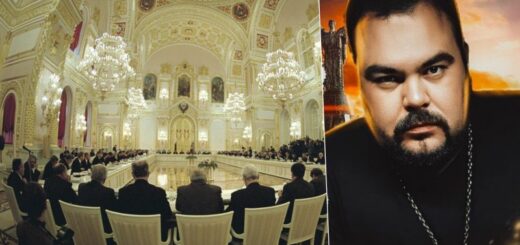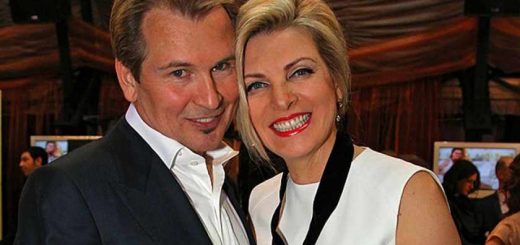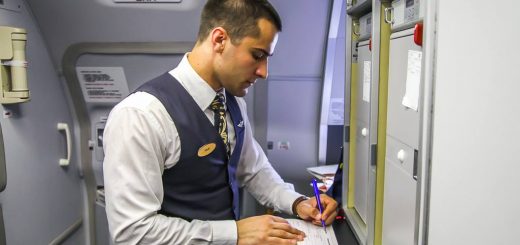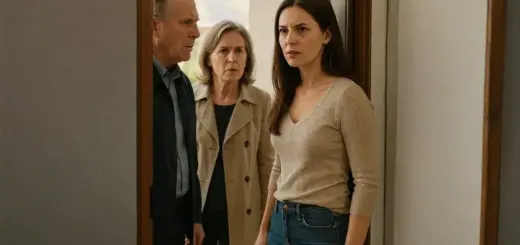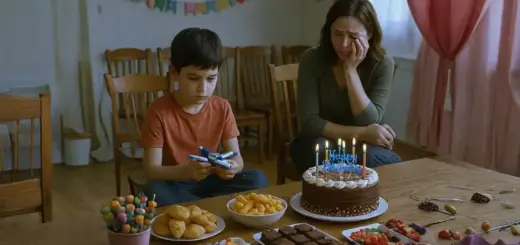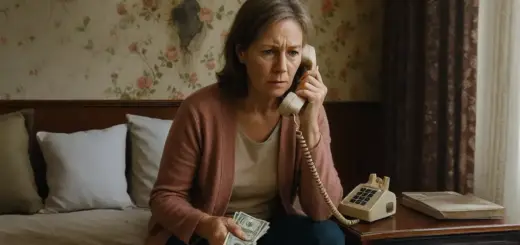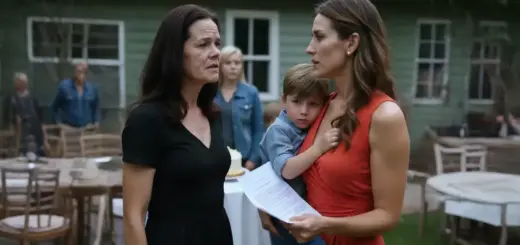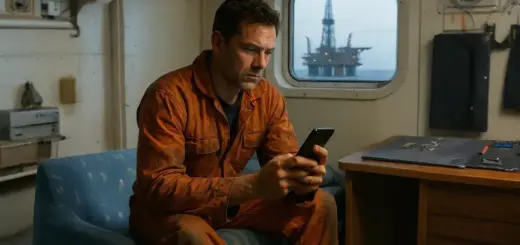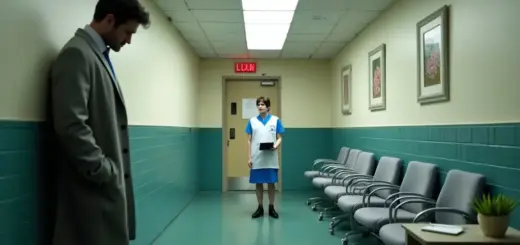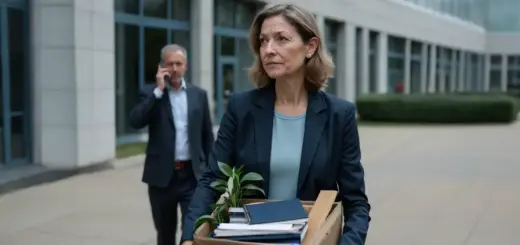Yes, he confirmed. I know he’s very busy, but I was hoping, well, I was in the neighborhood, and I thought perhaps I could see him for just a few minutes. I could see the vulnerability in his expression, the way he was trying to appear casual about what was clearly an important visit.
This was a father who wanted to see his son, and I realized with a growing sense of sadness that he probably didn’t feel entirely welcome in his own son’s workplace. Of course, I signed. Let me see what I can do.
Would you like to have a seat while I make some calls? I guided him to the comfortable seating area in the lobby, making sure he had a clear view of me so we could continue communicating. Then I faced my first major challenge. How does a lowly intern arrange a meeting between a visitor and the CEO of the company? I started with Mr. Hartwell’s executive assistant, a formidable woman named Patricia, who guarded access to the CEO like a dragon protecting treasure.
When I called her extension, her voice was crisp and professional. Mr. Hartwell’s office. This is Patricia.
Hi, Patricia. This is Catherine Walsh from the intern program. I have a visitor here in the lobby who says he’s Mr. Hartwell’s father, and he’d like to see him if possible.
There was a long pause. His father? Yes, ma’am. An elderly gentleman, very well dressed.
He’s been waiting in the lobby. Another pause. Longer this time.
I’ll need to check with Mr. Hartwell. Can you have the visitor wait? Of course. Thank you.
I hung up and returned to Mr. Hartwell, Robert, as he’d introduced himself, to let him know that we were working on arranging the meeting. While we waited, we talked. Or rather, we signed, and I discovered that Robert Hartwell was one of the most interesting people I’d ever met.
He told me about his career as an architect, how he’d designed several of the buildings that now made up Chicago’s skyline. He told me about his late wife, Michael’s mother, who had been a teacher at the Illinois School for the Deaf. He told me about the challenges of raising a hearing son as a deaf parent, and the pride he felt in Michael’s success, even though they didn’t see each other as often as he’d like.
He’s always been driven, Robert signed, his expression a mixture of admiration and concern. Even as a child, he wanted to prove himself, to show the world that having a deaf father didn’t hold him back. I’m proud of what he’s accomplished, but sometimes I worry that he’s forgotten how to slow down, how to just be.
As we talked, I became increasingly aware that we were drawing attention. Other employees were glancing our way, some with curiosity, others with what looked like annoyance. I could see Jessica at the reception desk, fielding questions about why there was some kind of sign language conversation happening in the lobby.
20 minutes passed, then 30. Patricia called back to say that Mr. Hartwell was in back-to-back meetings and wouldn’t be available for at least another hour. I could see the disappointment in his eyes, though he tried to hide it.
Perhaps I should come back another time, he signed. I don’t want to be a bother. You’re not a bother, I assured him.
Would you like to wait a little longer? I can show you around the building if you’d like. We have some beautiful artwork on the upper floors. His face lit up.
I would love that. I haven’t seen where Michael works. And so began what would later be described as the most unauthorized building tour in Meridian Communications history.
I should have been organizing presentation materials. I should have been making copies and updating spreadsheets. Instead, I spent the next two hours giving Robert Hartwell a comprehensive tour of his son’s company.
We started with the creative department, where I introduced Robert to some of the graphic designers and copywriters. Most of them were polite, but clearly busy, offering quick hellos before returning to their work. But a few were genuinely interested in meeting him, especially when I explained that he was an architect and could appreciate the design elements of their campaigns.
I translated conversations, helped Robert understand the work that was being done, and watched his face light up with pride as he learned more about the company his son had built. We visited the account management floor, where Robert was fascinated by the client relationship strategies. We even stopped by the break room, where he shared stories about the coffee shops he used to frequent in his younger days.
Throughout the tour, I was acutely aware that I was neglecting my assigned duties. My phone buzzed with increasingly urgent texts from Margaret, my supervisor, asking where I was and reminding me of the tasks I was supposed to be completing. But every time I looked at Robert’s face, saw the joy and interest in his eyes as he learned about his son’s world, I couldn’t bring myself to cut the tour short.
It was during our visit to the marketing analytics department that I first noticed him. Michael Hartwell was standing on the mezzanine level that overlooked the main floor, partially hidden behind a pillar. He was watching us, watching his father interact with his employees, watching me translate conversations and facilitate connections.
I couldn’t see his expression clearly from that distance, but something about his posture suggested he’d been there for a while. My heart started racing. The CEO was watching me give an unauthorized tour while I was supposed to be working on presentation materials.
I was probably about to be fired and I was definitely about to get Robert in trouble for disrupting the workplace. But when I glanced back a few seconds later, he was gone. We continued the tour, visiting the conference rooms where major client presentations took place, the library where the company’s award-winning campaigns were displayed, and finally, the executive floor.


